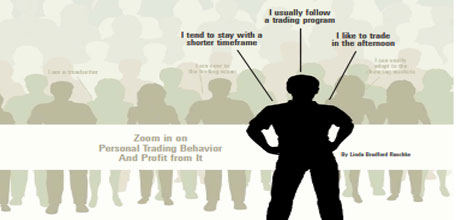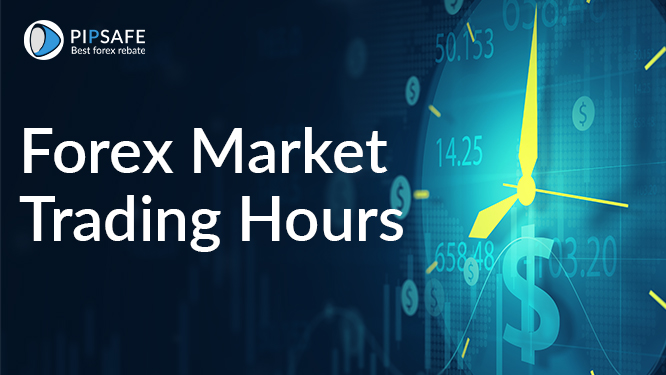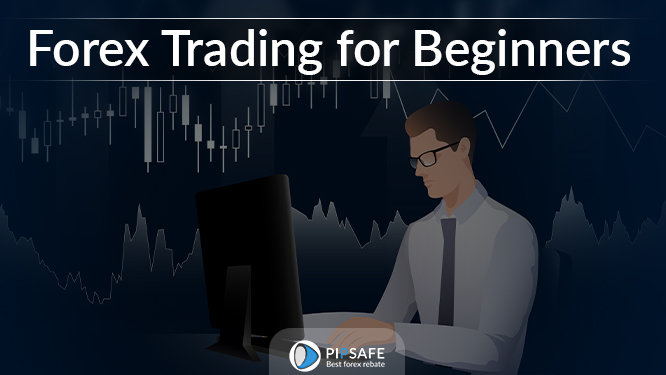Zoom in on Personal Trading Behavior And Profit from It
 Zoom in on Personal Trading Behavior And Profit from It
Zoom in on Personal Trading Behavior And Profit from It Zoom in on Personal Trading Behavior And Profit from It
Provided by permission of SFO Magazine
Both experienced and aspiring traders spend a great deal of time trying to recognize patterns in the markets – charts and indicators on multiple time frames, seasonal tendencies around specific times of the month or year,sentiment and flow of funds data. Clearly, there are many different ways to skin a cat. By analyzing patterns, a trader is looking for a compelling reason to initiate a trade or to exit an existing one. Markets are monitored for subtle shifts in the basic supply-and-demand equation, and once an “initial condition” is detected that indicates a spot where there is a probable edge, the game simply becomes a matter of setting up an entry trigger, defining initial risk and then learning how to manage a trade properly in response to the market’s actions. The trader manages the trade by watching for confirmation or non-confirmation.
But why is it that it never seems to play out so simply in real life? After all, it is just a numbers game, and it really doesn’t take long to learn the basic rules. Perhaps it is because trading normally is ten percent learning about the market and 90 percent learning about you. Unfortunately, if a trader doesn’t know himself, the markets are
a very expensive place to find out. If traders were to spend half as much time studying their own behavioral patterns as they did studying the markets, the benefit to the bottom line would be much greater than having unlimited access to every course, video, system or technical book ever written on the markets.
No Runs, Some Hits, Unforced Errors?
Let’s look at some common patterns that lead to unforced errors. Consider the trader who has been diligently monitoring a market for a particular setup and, for whatever reason, the initial trade is missed. He then makes a reactive spontaneous trade out of frustration for having missed the first one. The market has had a good run, and his account is at a new high. The trader then proudly marvels at the gains he’s made and proceeds to get sloppy and complacent, leading to an extended draw down period. He misses an exit spot for a win- ning trade and lets a winner turn into a loser. Out of frustra- tion, he then averages down in the hopes of at least trying to get back to even.
Many bad behaviors are the result of emotional reactions. However, some are simply the result of bad habits. The goal is to make trading as automatic as possible and, so, the ultimate goal should be to create winning habits. As Socrates put it, “We are what we repeatedly do. Excellence, then, is a habit.”Here are some tools that can help traders identify the behavioral patterns that hold them back and, further, how to eliminate them or at the very least get them back under control. Equally as important for traders is the ability to identify the behaviors that they are doing right, because this is the first step towards building confidence.
To read More,Please download the book.
binary options demo account, binary options learn, binary options strategy pdf, binary options trader, binary trading strategies pdf, Forex Education, Forex Education Books, Forex PDF, forex trading learn, learn binary, learn forex market, learn forex market trading, learning forex trading online, trading binary options strategies and tactics pdf free
Similar Videos and E-books
LEAVE A COMMENT
All Books
For Beginners
- Candlesticks For Support And Resistance
- Online Trading Courses
- Commodity Futures Trading for Beginners
- Hidden Divergence
- Peaks and Troughs
- Reverse Divergences And Momentum
- Strategy:10
- The NYSE Tick Index And Candlesticks
- Trend Determination
- The Original Turtle Trading Rules
- Introduction to Forex
- The Six Forces of Forex
- Study Book for Successful Foreign Exchange Dealing
- Forex. On-Line Manual for Successful Trading
- 18 Trading Champions Share Their Keys to Top Trading Profits
- The Way to Trade Forex
- The Truth About Fibonacci Trading
- Quick Guide to Forex Trading
- Chart Patterns and Technical Indicators
- Forex Trading
- Trading Forex: What Investors Need to Know
- My Dog Ate My Forex
- Point & Figure for Forex
Forex Market in General
- Screen Information, Trader Activity, and Bid-Ask Spreads in a Limit Order Market
- Strategic experimentation in a dealership market
- Limit Orders, Depth, and Volatility
- Reminiscences of a Stock Operator
- Market Profile Basics
- Quote Setting and Price Formation in an Order Driven Market
- Phantom of the Pits
- An Introduction to Market Profile and a Users Guide to Capital Flow Software
- The Effect of Tick Size on Volatility, Trader Behavior, and Market Quality
- Trading as a Business
- What Moves the Currency Market?
- Macroeconomic Implications of the Beliefs and Behavior of Foreign Exchange Traders
- All About the Foreign Exchange Market in the United States
Psychology of Trading
- A Course in Miracles
- Thoughts on Trading
- Calming The Mind So That Body Can Perform
- Lifestyles of the Rich and Pipped
- The Miracle of Discipline
- Zoom in on Personal Trading Behavior And Profit from It
- The Woodchuck and the Possum
- 25 Rules Of Forex Trading Discipline
- Stop Losses Are For Sissies
- Your Personality and Successful Trading
- Trading as a Business
- The 7 Deadly Sins of Forex (and How to Avoid Them)
- The 5 Steps to Becoming a Trader
Money Management
- Risk Control and Money Management
- Money Management
- Position-sizing Effects on Trader Performance: An experimental analysis
- Fine-Tuning Your Money Management System
- Money Management: Controlling Risk and Capturing Profits
- Money Management Strategies for Serious Traders
- The Truth About Money Management
- Money Management and Risk Management
Forex Strategy
- 1-2-3 System
- Bollinger Bandit Trading Strategy
- Value Area
- The Dynamic Breakout II Strategy
- Ghost Trader Trading Strategy
- King Keltner Trading Strategy
- Scalp Trading Methods
- LSS - An Introduction to the 3-Day Cycle Method
- Market Turns And Continuation Moves With The Tick Index
- The Money Manager Trading Strategy
- Picking Tops And Bottoms With The Tick Index
- The Super Combo Day Trading Strategy
- The Eleven Elliott Wave Patterns
- The Thermostat Trading Strategy
- Intraday trading with the TICK
- Traders Trick Entry
- Fibonacci Trader Journal
- Rapid Forex
- Microtrading the 1 Minute Chart
- BunnyGirl Forex Trading Strategy Rules and FAQ
- The Daily Fozzy Method
- Forex Traders Cheat Sheet
- Offset Trading
- How to Trade Both Trend and Range Markets by Single Strategy?
- A Practical Guide to Technical Indicators; Moving Averages
- FX Wizard
- FX Destroyer
- A Practical Guide to Swing Trading
- Practical Fibonacci Methods for Forex Trading
- Using The Heikin-Ashi Technique
- The Day Trade Forex System
- 5/13/62
- Not So Squeezy Trading Manual
- KobasFX Strategy
- Killer Patterns
- 3D Trading
- 4 Hour MACD Forex Strategy
- WRB Analysis Tutorial
Advanced Forex Trading
- A New Interpretation of Information Rate
- CCI Manual
- Nicktrader and Jeff Explaining Reverse and Regular Divers
- NickTrader on No Price CCI Divergence Trading
- Are Supply and Demand Driving Stock Prices?
- The Sharpe Ratio
- The Interaction Between the Frequency of Market Quotes, Spread and Volatility in Forex
- Trend Determination
- Trend vs. No Trend
- A Six-Part Study Guide to Market Profile
- How George Soros Knows What He Knows
- Core Point and Figure Chart Patterns
- Coders Guru Full Course
- Point and Figure Charting: a Computational Methodology and Trading Rule Performance in the S&P 500 Futures Market
- Evolving Chart Pattern Sensitive Neural Network Based Forex Trading Agents
- Heisenberg Uncertainty Principle and Economic Analogues of Basic Physical Quantities
- The String Prediction Models as an Invariants of Time Series in Forex Market
- Using Recurrent Neural Networks to Forecasting of Forex
- The New Elliott Wave Rule - Achieve Definitive Wave Counts







